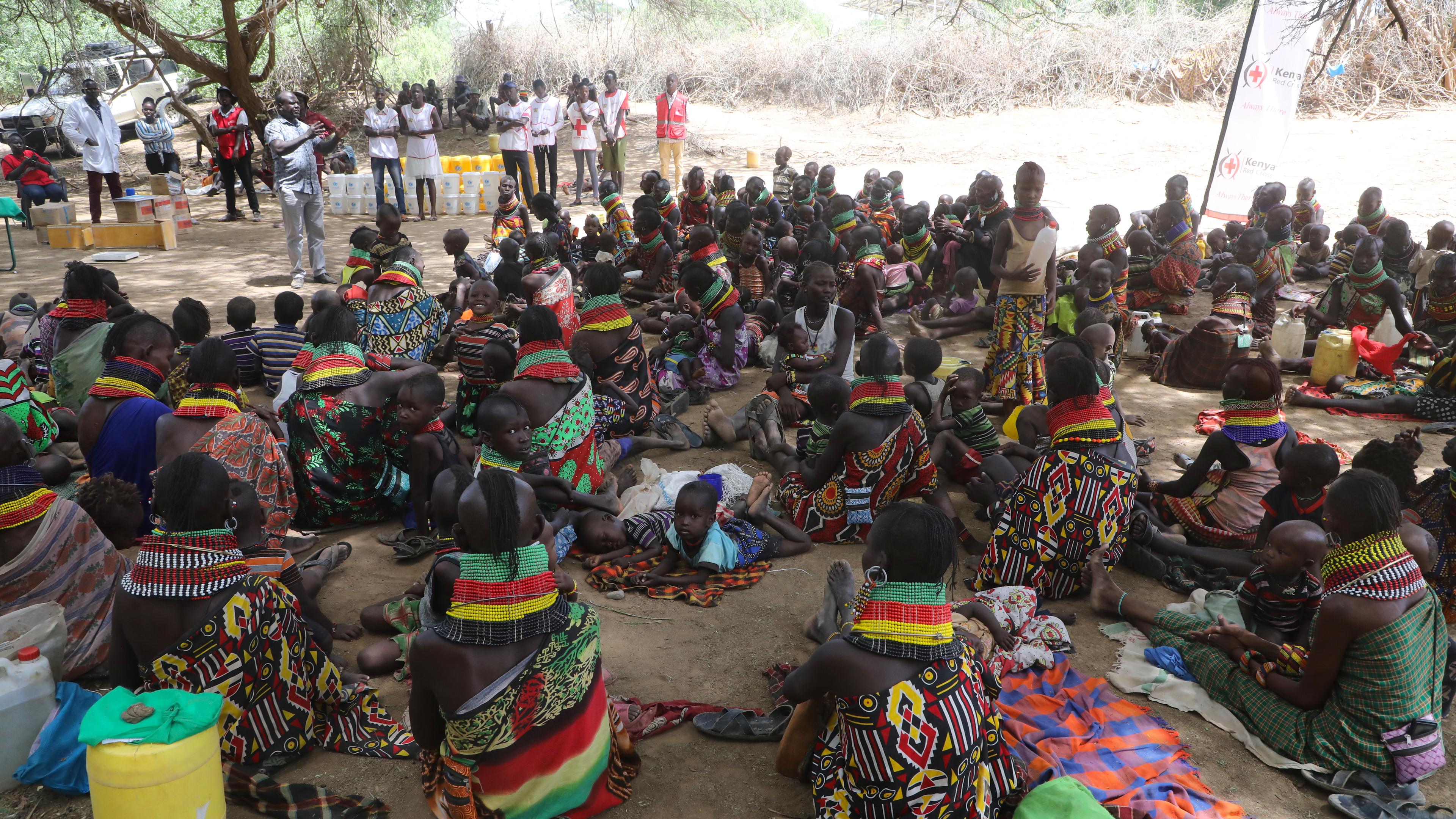AI-Enabled Public Health Surveillance and Early Response
 © Kenya Red Cross Society
© Kenya Red Cross SocietyWhat is the challenge?
The Dadaab and Kalobeyei refugee camps in Kenya, face heightened risk of disease outbreaks due to overcrowding, inadequate sanitation and access to health services, and cross-border population movements. Climate change further exacerbates these risks.
The project addresses the significant issue of public health surveillance in various settings, including refugee camps and underserved areas. These areas often lack the necessary infrastructure and resources to effectively monitor and respond to public health threats. The traditional methods of disease surveillance are often slow and inefficient, leading to delayed responses and increased spread of infectious diseases.
What is innovative about the project?
By combining well known approaches for health surveillance with digital technology and AI, the project seeks to develop a unique comprehensive surveillance network that can detect public health threats in a more effective and timely way. This integrated approach provides a more complete picture of public health, enabling more effective interventions. Cross-sector collaboration, leveraging expertise from public health, technology, and community engagement, will foster innovative solutions through diverse perspectives. This combination of AI-driven enhancements, real-time capabilities, and the integration of community and facility-based systems positions the project with a novel approach to disease surveillance and response.
What are the expected outcomes?
The project aims to improve public health by enabling faster detection and response to disease outbreaks, potentially saving lives and reducing the spread of infectious diseases. It also seeks to increase health literacy and empowerment among community members, improve volunteers' skills in using health monitoring tools, and address health inequalities by providing more equitable access to health monitoring in underserved areas. The project is expected to strengthen health systems overall.
Who are the project partners?
The project is led by the Kenya and Norwegian Red Cross Societies. Other partners include The International Centre for Humanitarian Affairs (ICHA) and the Ministry of Health. The project will partner with private sector companies to develop the solution.